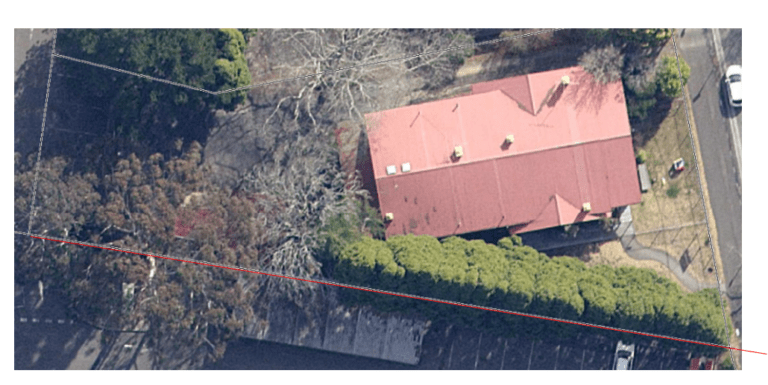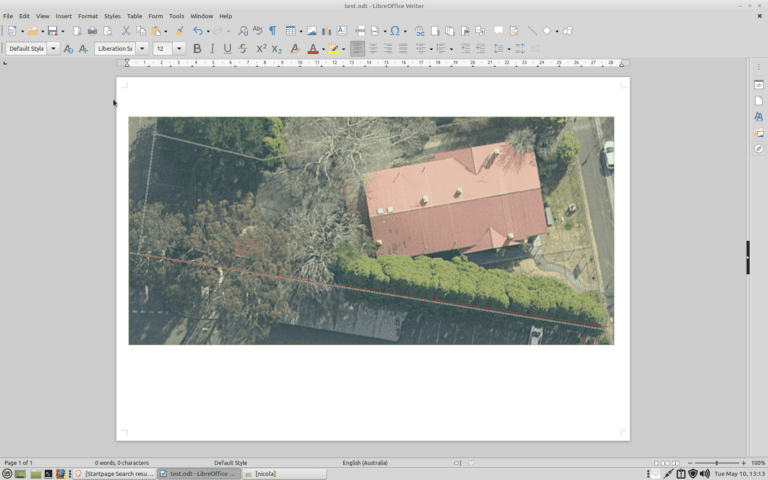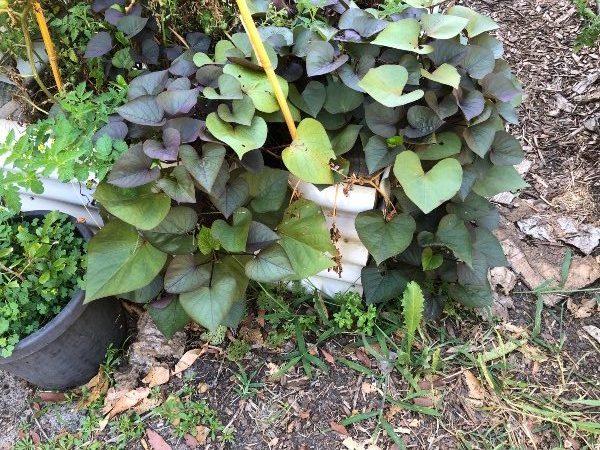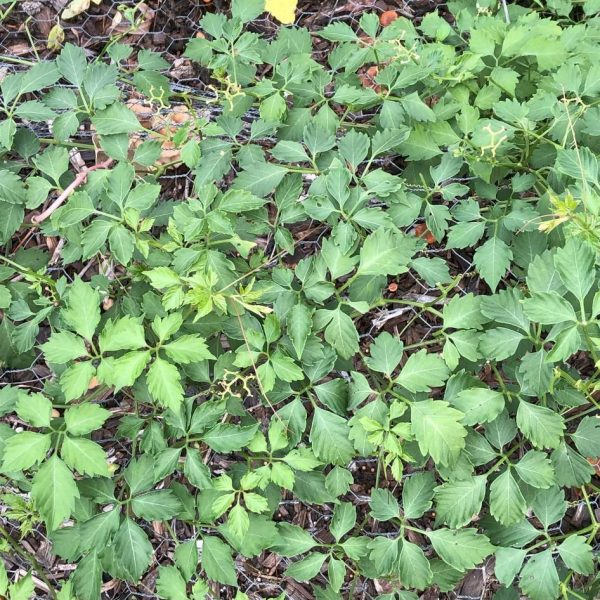
Banana Blossom Salad – Cheap Dinner Idea!
Home grown cheap and easy recipe
Last orders sent out Dec. 16th! You can still place orders, but they won’t be sent out before Jan. 6th. Merry Christmas!
I wrote a similar post in my old website which can be found here, but I thought I update it and use other tools this time. I believe the old method is still valid.
Let’s assume you want your garden as edible as possible. What is possible on your property? What if you ripped out that shed? What about the driveway? How big is my lawn? If there is one big difference between permaculture and gardening, then it’s that permies make a plan and so should you.
It’s a damn bad idea, to sit in front of a screen and try to draw with a program you probably don’t know very well – this is slow bulky and slows the flow of thoughts.
The right way to do it goes like this:
This process is about thinking from every possible angle. Let the ideas flow, think radical – you can always scale back later. This is about collecting ideas and possibilities, decisions are made later.
I like to draw with a ballpoint but others prefer pencil, coloured pencils or markers, use what you already have. There are two things you most likely have to buy:
Scales make it easy to measure and calculate, that’s all. There are common scales which are 1:100, 1:200, 1:500 or 1:250. Choose a scale which is suitable for the size of your property and you can print out easily.
In the old blog post I used google maps as a map, but I discovered sixmaps and they are so much better! There are probably similar map tools outside NSW. Councils usually also have map tools, some have a topographic layer.


I believe that this is exact enough for planning your edible garden. Although annoying you do it only once!
Share:

Home grown cheap and easy recipe

I switched from in-ground to raised beds and this is what I found.

Why to embrace weeds in your edible landscape!
The best way to understand how the water flows on your property is to put on the gumboots and a raincoat and walk on your